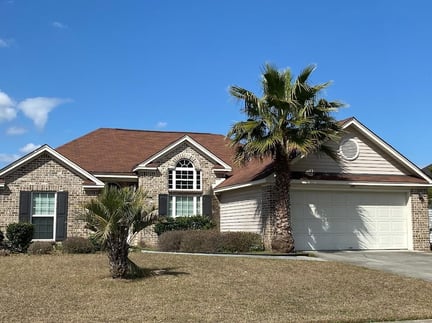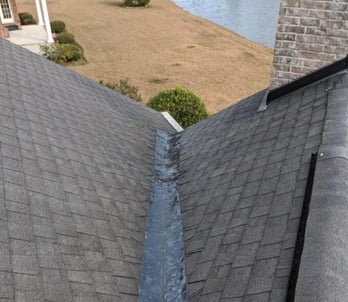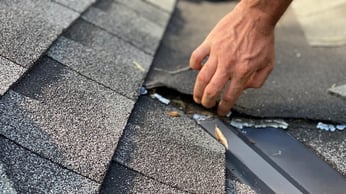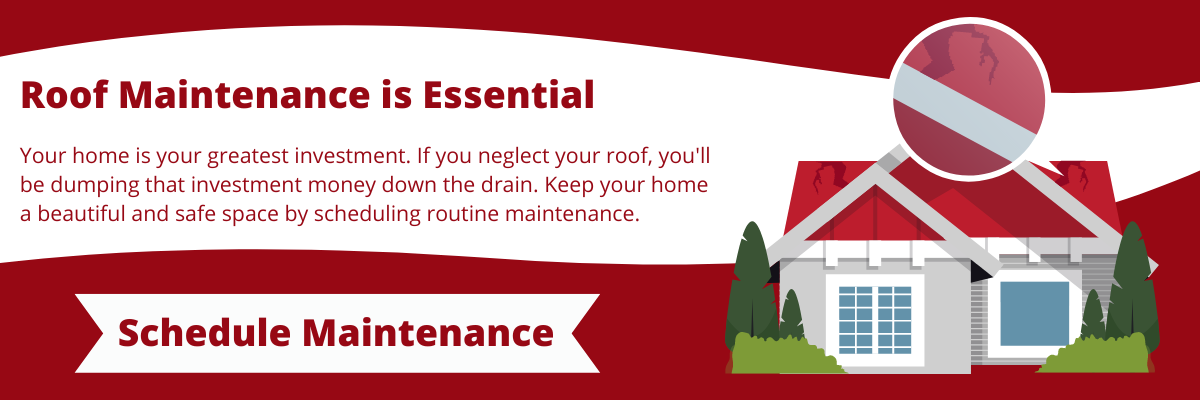
The elements of your home are abundant, each performing specific tasks that help it stay strong and functional. Just like the foundation and walls, your roof serves as a valuable, functioning entity that is arguably the glue that keeps your home together. Because it's such a critical asset, it has to perform at its best, right- with each component working overtime to protect you and your family.
At RoofCrafters, we value your roofing system and every part that comes along with it. We know just how much it means to homeowners to have a safe home, but we also understand that it's challenging learning about each part of the roof on its own. That's why we're here to break down those individual pieces with you!
This article goes in-depth to break down what roof valleys are, how they function, and why they're a vital element to your home. Every homeowner deserves to know what their home is made of, so this is just a small part in a series of articles targeting different parts of the roof system. If you're ready to begin, so are we!
What are Roof Valleys?
Roof valleys are key components in the design and structure of a roof! These are the sloping channels formed by the intersection of two roof surfaces, typically where two sections of a roof meet at an angle. The purpose of roof valleys is to direct rainwater and melting snow away from the roof's center and toward the gutters, preventing water from pooling and causing potential leaks or damage.
In residential roofing, there are primarily two types of roof valleys: open valleys and closed valleys. Open valleys have metal flashing that's visible, creating a V-shape down the center of the valley. Closed valleys, on the other hand, conceal the metal flashing under the roofing material, providing a smoother appearance. The choice between open and closed valleys often depends on aesthetic preferences, regional weather conditions, and the type of roofing material being used.

Proper installation and maintenance of roof valleys are crucial for preventing water infiltration. If not correctly constructed or if they become damaged over time, valleys can be susceptible to leaks, leading to potential water damage inside the home. Regular inspections and prompt repairs are essential to ensure the effectiveness of roof valleys in directing water away from vulnerable areas of the roof.
So, in essence, roof valleys play a pivotal role in preserving the structural integrity of a roof and protecting the home from water-related issues. Their proper function is vital for maintaining a dry and secure living space underneath.
How Do Roof Valleys Function?
Roof valleys play a significant role in managing water runoff. But what else should you know? Here's how they function:
1. Water Diversion:
- Roof valleys are designed to channel rainwater and melted snow away from the roof's center.
- By directing water towards the edges of the roof, valleys prevent water from pooling, which can lead to leaks and structural damage.
2. Intersection of Roof Planes:
- Valleys are formed at the intersection of two sloping roof surfaces.
- These can occur in various configurations, such as where two sections of the roof meet at an angle, creating a V-shaped channel.
3. Types of Valleys:
- There are two primary types of roof valleys: open valleys and closed valleys.
- Open Valleys: Visible metal flashing creates a V-shape down the center.
- Closed Valleys: Metal flashing is concealed beneath roofing material for a smoother appearance.
4. Prevention of Water Damage:
- Valleys help prevent water from penetrating the roof and causing damage to the underlying structure.
- Properly functioning valleys contribute to the longevity and durability of the roof.

5. Gutter Connection:
- The water directed by roof valleys is eventually channeled into the gutters.
- This ensures that water is efficiently directed away from the roof and the foundation of the building.
6. Aesthetics:
- The choice between open and closed valleys may be influenced by aesthetic preferences and the type of roofing material used.
- Closed valleys provide a smoother appearance, while open valleys showcase visible metal flashing.
Roof valleys act like a vessel for water, preventing potential issues like leaks and water damage. Their proper construction, installation, and regular maintenance are crucial for ensuring the effectiveness of a roofing system in managing water runoff!
How to Keep Your Roof Valleys in Shape
Ensuring that your roof valleys are in the best shape is essential for maintaining a watertight and durable roofing system. Here are some simple tips to keep your roof valleys in optimal condition:
1. Regular Inspections:
- Conduct visual inspections of your roof valleys at least twice a year, ideally in the spring and fall.
- Look for signs of damage, such as loose or damaged shingles, rust on metal flashing, or debris accumulation.

2. Clear Debris:
- Remove any leaves, branches, or debris that may accumulate in the valleys.
- A clean valley allows water to flow freely, preventing water pooling and potential leaks.
3. Trim Overhanging Branches:
- Trim tree branches that hang over your roof to minimize the accumulation of leaves and debris.
- Falling branches can cause physical damage to the valleys, leading to water penetration.

4. Check for Rust and Corrosion:
- If your roof valleys have metal flashing, check for signs of rust and corrosion.
- Rust can compromise the integrity of the flashing, allowing water to seep through.
5. Ensure Proper Sealing:
- Ensure that shingles in the valley area are properly sealed and in good condition.
- Damaged or improperly sealed shingles can allow water to penetrate the roof structure.
6. Professional Inspection:
- Schedule a professional roofing inspection every few years.
- Roofing professionals can identify issues that may not be immediately apparent and provide necessary repairs.

7. Address Issues Promptly:
- If you notice any issues during your inspections, address them promptly.
- Quick repairs can prevent minor problems from escalating into more significant issues.
8. Consider Ice and Water Shield:
- In areas prone to ice dams, consider installing an ice and water shield underlayment.
- This provides an extra layer of protection against water infiltration, especially during winter.
By incorporating these simple maintenance practices, you can contribute to the longevity and effectiveness of your roof valleys. Regular attention to your roofing system helps prevent potential water damage and ensures that your home stays dry and well-protected!
Is Your Roof in Optimal Condition?
By following simple maintenance tips, such as regular inspections, debris removal, and addressing issues promptly, you contribute to the effectiveness of your roof valleys. A well-maintained roofing system not only enhances the aesthetic appeal of your home but also safeguards it from potential water-related problems.
Remember, the integrity of your roof directly impacts the comfort and protection your home provides. Whether you're dealing with leaves and debris or checking for rust and sealing issues, a proactive approach to roof valley maintenance ensures that your home remains a secure and resilient shelter for you and your family.
At RoofCrafters, we understand the importance of a well-maintained roof. Our commitment is to help homeowners like you keep their roofs in optimal condition, providing peace of mind and protection against the elements. If you ever have concerns about your roof or roof valleys, don't hesitate to reach out to our team of professionals. A small investment in maintenance today can lead to significant savings and peace of mind in the long run. Your home deserves the best, and we're here to ensure it stays in top-notch condition.
My name is Anthony, and I am the lead estimator of RoofCrafters’ Georgia/South Carolina division. The roof is the most important part of a structure, and people count on that to protect themselves and their families. That is one of the many reasons why I love my job and enjoy coming to work every day. The continuous training, honesty, and providing the customer with the Roofcrafters experience is what makes me the best in the business.




